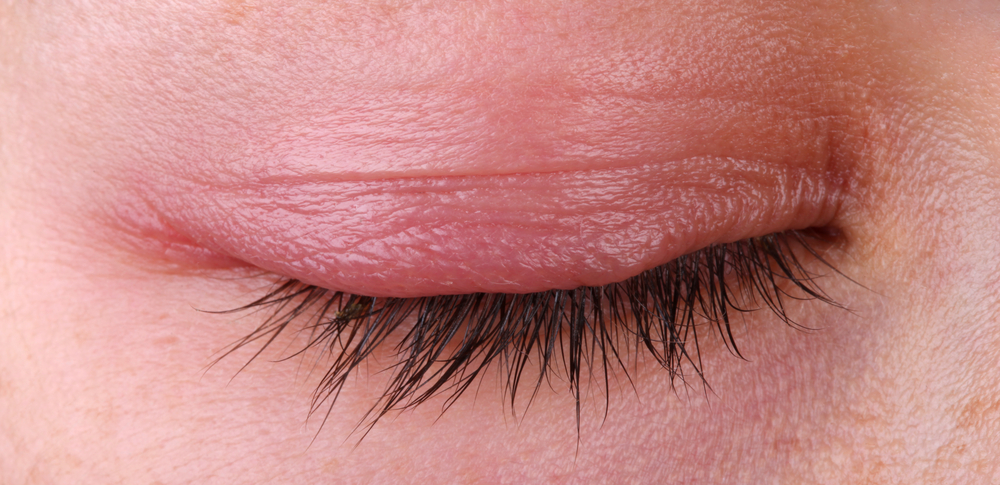DIAGNOSIS
Tests and procedures to diagnose blepharitis include:
- Examining your eyes. The doctor will use a particular magnifying instrument to look at your eyelids and your eyes.
- Swabbing skin for testing. The doctor will use a swab to gather a sample of the oil or crust that forms on your eyelid in some instances: bacteria, fungi, or evidence of an allergy.
TREATMENT
Self-care measures like washing your eyes and using warm compresses could be all that’s needed for many blepharitis cases. If self-care measures don’t have a good result, your doctor will suggest prescription treatments, including:
- Medications that fight infection. Antibiotics applied to the eyelid are shown to supply relief of symptoms and resolve the eyelids’ bacterial infection. These are available in several forms, including eye drops, creams, and ointments.
- If you do not answer topical antibiotics, your doctor might suggest an oral antibiotic.
- Medications to regulate inflammation. People used steroids, eye drops, or ointments that don’t answer other therapies. Your doctor will prescribe antibiotics and anti-inflammatory drugs.
- Medications that affect the system. Topical cyclosporine (Restasis) supplies relief of some signs and symptoms of Blepharitis.
- Treatments for underlying conditions. Treat the underlying disease to control—Blepharitis caused by seborrheic eczema, rosacea, or other diseases.
Blepharitis rarely disappears wholly. Despite the successful treatment, the condition is chronic and requires daily attention with eyelid scrubs. If you do not answer treatment or have lost eyelashes or just one eye is affected, localized eyelid cancer is the cause of this situation.


